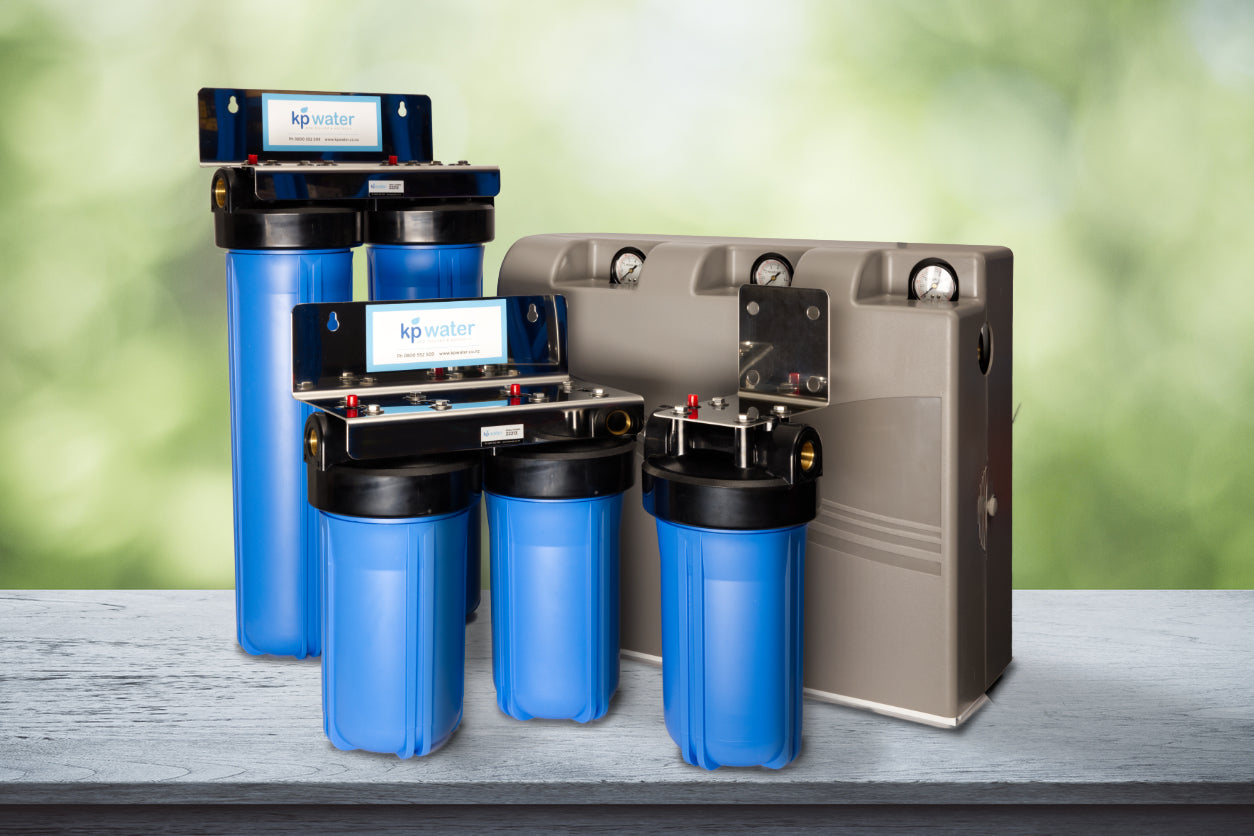The Hidden Dangers of Chlorine and Its Impact on Your Health
Chlorine is a widely used chemical, particularly for water purification purposes. It effectively eliminates harmful microorganisms from drinking water and swimming pools, ensuring that we stay safe and healthy. However, it is crucial to understand the potential health risks associated with chlorine exposure. In this in-depth article, we will explore the hazards of chlorine, the sources of exposure, and how to minimise the risks for optimal health and wellbeing.
Understanding Chlorine: A Chemical Overview
Chlorine (Cl2) is a reactive chemical element that acts as a powerful disinfectant. It destroys harmful pathogens, such as bacteria, viruses, and protozoa, through a process called oxidation. While chlorine has significantly improved water safety worldwide, it is essential to understand its potential health implications.
Exposure to chlorine gas, particularly in poorly ventilated spaces, can irritate the respiratory system. Symptoms may include coughing, shortness of breath, and chest tightness. Long-term exposure can potentially exacerbate existing respiratory conditions, such as asthma and bronchitis.
Skin and Eye Irritation
Chlorine in water can cause skin irritation and dryness, particularly after extended periods in chlorinated pools. It may also lead to red, itchy eyes, as chlorine can irritate the delicate tissues around the eyes.
Disruption of the Microbiome
The disinfectant properties of chlorine can affect our body's natural balance of good and bad bacteria, known as the microbiome. This disruption may lead to digestive issues and a weakened immune system.
Formation of Disinfection Byproducts (DBPs)
Chlorine can react with naturally occurring organic matter in water, forming potentially harmful disinfection byproducts (DBPs) such as trihalomethanes (THMs) and haloacetic acids (HAAs). These byproducts have been linked to various health issues, including cancer, liver and kidney damage, and reproductive problems.
Chlorine is commonly used to treat tap water, and long-term consumption may lead to the health risks mentioned earlier. Consider using a water filtration system to remove chlorine and other impurities for safer drinking water.
Swimming Pools
Prolonged exposure to chlorinated swimming pools may lead to skin, eye, and respiratory irritation. Opt for well-ventilated indoor pools and ensure that the pool's chemical balance is maintained correctly.
Household Cleaning Products
Many cleaning products contain chlorine-based disinfectants, which can cause respiratory and skin irritation. Choose eco-friendly alternatives and always follow the manufacturer's instructions for safe use.
2. Shower before and after swimming: Rinsing off before entering the pool helps to reduce the amount of organic matter in the water, minimising the formation of DBPs. Showering after swimming can help to wash away any residual chlorine from your skin.
3. Opt for well-maintained pools: Choose pools with proper ventilation and water chemistry management to reduce chlorine-related health risks.
4. Use alternative cleaning products: Consider switching to eco-friendly, chlorine-free cleaning products to minimise exposure and protect your health.
Understanding Chlorine: A Chemical Overview
Chlorine (Cl2) is a reactive chemical element that acts as a powerful disinfectant. It destroys harmful pathogens, such as bacteria, viruses, and protozoa, through a process called oxidation. While chlorine has significantly improved water safety worldwide, it is essential to understand its potential health implications.
Health Risks of Chlorine Exposure
Respiratory IrritationExposure to chlorine gas, particularly in poorly ventilated spaces, can irritate the respiratory system. Symptoms may include coughing, shortness of breath, and chest tightness. Long-term exposure can potentially exacerbate existing respiratory conditions, such as asthma and bronchitis.
Skin and Eye Irritation
Chlorine in water can cause skin irritation and dryness, particularly after extended periods in chlorinated pools. It may also lead to red, itchy eyes, as chlorine can irritate the delicate tissues around the eyes.
Disruption of the Microbiome
The disinfectant properties of chlorine can affect our body's natural balance of good and bad bacteria, known as the microbiome. This disruption may lead to digestive issues and a weakened immune system.
Formation of Disinfection Byproducts (DBPs)
Chlorine can react with naturally occurring organic matter in water, forming potentially harmful disinfection byproducts (DBPs) such as trihalomethanes (THMs) and haloacetic acids (HAAs). These byproducts have been linked to various health issues, including cancer, liver and kidney damage, and reproductive problems.
Common Sources of Chlorine Exposure
Drinking WaterChlorine is commonly used to treat tap water, and long-term consumption may lead to the health risks mentioned earlier. Consider using a water filtration system to remove chlorine and other impurities for safer drinking water.
Swimming Pools
Prolonged exposure to chlorinated swimming pools may lead to skin, eye, and respiratory irritation. Opt for well-ventilated indoor pools and ensure that the pool's chemical balance is maintained correctly.
Household Cleaning Products
Many cleaning products contain chlorine-based disinfectants, which can cause respiratory and skin irritation. Choose eco-friendly alternatives and always follow the manufacturer's instructions for safe use.
Reducing the Risks: Tips for Minimising Chlorine Exposure
1. Invest in a water filter: A high-quality water filter can effectively remove chlorine and its byproducts from your drinking water, improving its taste and overall safety.2. Shower before and after swimming: Rinsing off before entering the pool helps to reduce the amount of organic matter in the water, minimising the formation of DBPs. Showering after swimming can help to wash away any residual chlorine from your skin.
3. Opt for well-maintained pools: Choose pools with proper ventilation and water chemistry management to reduce chlorine-related health risks.
4. Use alternative cleaning products: Consider switching to eco-friendly, chlorine-free cleaning products to minimise exposure and protect your health.






